Intel discontinues Pentium, Celeron! Rebrands itself as ‘Intel Processor’; Details!
September 19, 2022: After over 30 years of use, Intel has decided that it will discontinue the Pentium branding. Once a «flagship,” it has now become the go-to type for low-power computers in subsequent years, with Intel Core models replacing it in the highest echelon. With the Pentium, the Celeron, the more «modest» variant, will be phased out. Both of these names will be substituted with a more generic term: Intel Processor.
Josh Newman, Intel vice president, and interim general manager of Mobile Client Platforms said, «Whether for work or play, the importance of the PC has only become more apparent as the torrid pace of technological development continues to shape the world. Intel is committed to driving innovation to benefit users, and our entry-level processor families have been crucial for raising the PC standard across all price points. The new Intel Processor branding will simplify our offerings so users can focus on choosing the right processor for their needs. «
These new Intel Processors will be installed in the basic-performing computers. These will hit the market in 2023 and will differ markedly from affordable laptops to ones with better capabilities and costs. Computers with more powerful CPUs will be labeled Core, Evo, and vPro to indicate various applications. Most of it will be Core, with Evo utilized for ultraportables and vPro for commercial use with extra security settings.
Related News
Lenovo Launches the Latest Range of K14 Business Laptops with AMD and Intel options
The hype is real: Indian Man travels to Dubai to buy new Apple iPhone 14 Pro
This change, nevertheless, appears to be made solely to «streamlined brand architecture». The existing Pentium and Celeron CPU types will be retained but rebranded as Intel Processor. This statement was most likely timed to coincide with the arrival of the new 13th generation Intel Core processor series, which is expected in the coming years.
To simplify, all 2023 laptops with low-cost processors will be labeled with «Intel Processor.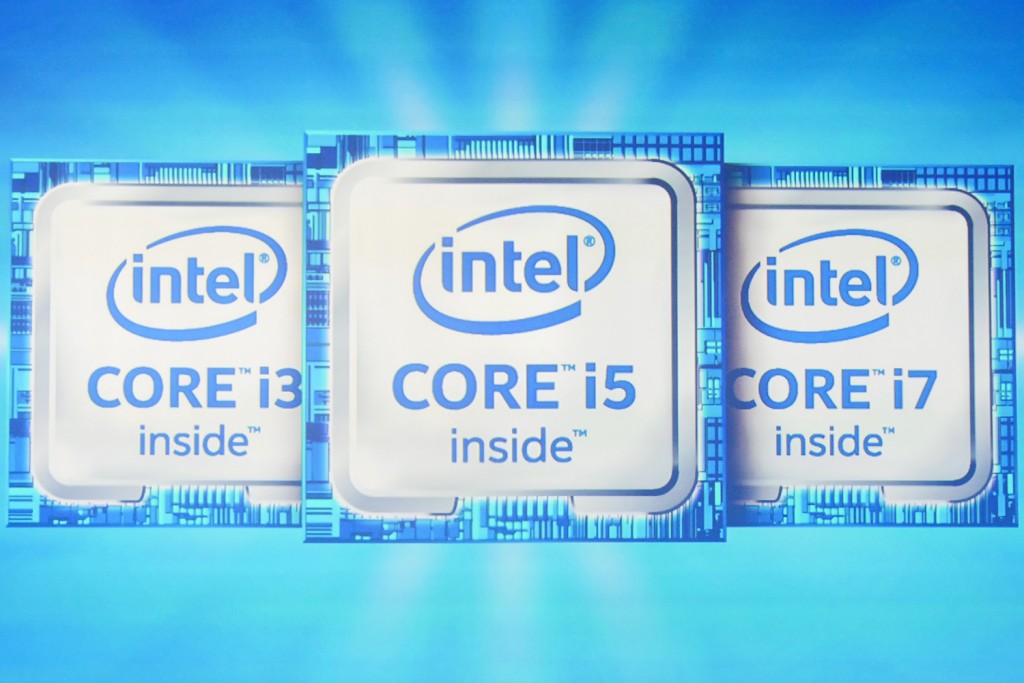 » Whereas, higher-end processors will continue to be branded as Intel Core (i3, i5, i7, and i9). Intel intends to implement the same branding shift for desktop PCs, which will be «simplifying the purchasing experience for customers.»
» Whereas, higher-end processors will continue to be branded as Intel Core (i3, i5, i7, and i9). Intel intends to implement the same branding shift for desktop PCs, which will be «simplifying the purchasing experience for customers.»
The first Pentium processors were introduced commercially in 1993, whereas the first Celeron processors, built on the Pentium II design, were not available until 1998. As a result, some of the longest-running PC component brands may expire next year and are unlikely to reappear in the future, particularly because these names have recently been linked with very basic, often alarmingly low-performing machines. As a result, Celeron and Pentium processors are more commonly found in less expensive Chromebooks than in Windows PCs.
This article is written by Diya Mukherjee
Intel Processor replaces Pentium, Celeron in Chrome
Abner Li
— Sep. 16th 2022 8:28 am PT
@technacity
While there are more and more premium Chrome OS devices, the category very much excels at the cheaper end of the market.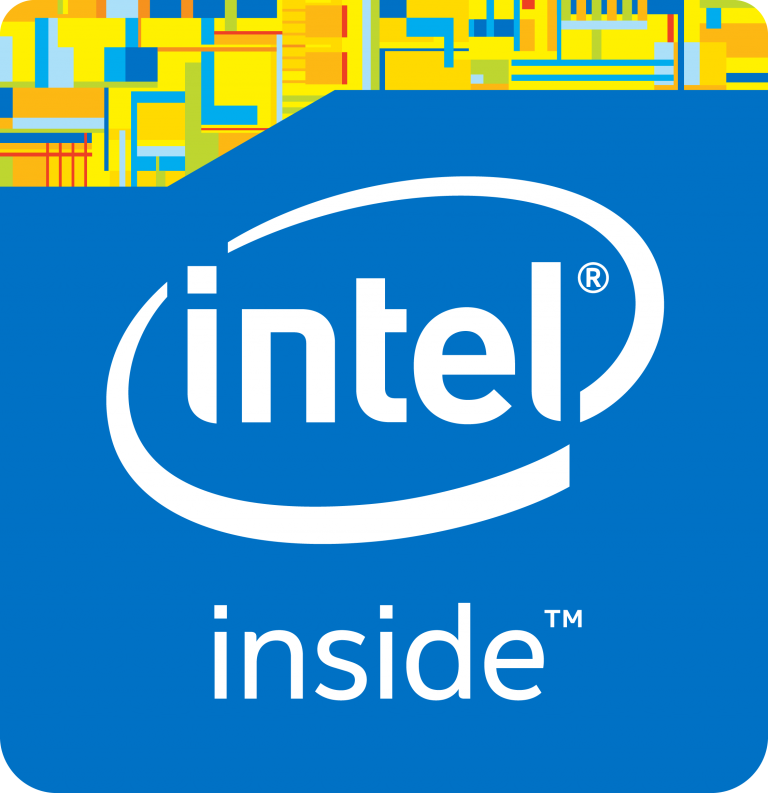 When buying those Chromebooks next year, you might notice that it will be running an “Intel Processor” instead of Pentium or Celeron.
When buying those Chromebooks next year, you might notice that it will be running an “Intel Processor” instead of Pentium or Celeron.
Intel announced this morning that it’s getting rid of the very old Pentium (first release in 1993) and Celeron (1998) brands. It’s being replaced by “Intel Processor,” with the company noting how that will “serve as the brand name for multiple processor families.”
This change is set to occur “in the 2023 notebook product stack.” Intel says this is meant to “simplify our offerings so users can focus on choosing the right processor for their needs,” as well as “enhance Intel customer communication on each product’s value proposition, while simplifying the purchasing experience for customers.”
The move makes sense, but is rather generic, especially in the context of the company’s other brands: Core, Evo, and vPro. However, that’s the point of this change.
Intel is committed to driving innovation to benefit users, and our entry-level processor families have been crucial for raising the PC standard across all price points.
The new Intel Processor branding will simplify our offerings so users can focus on choosing the right processor for their needs.
-Josh Newman, Intel vice president and interim general manager of Mobile Client Platforms
Many Chromebooks this year have been announced with Pentium (Silver or Gold) and Celeron processors to complement higher-end Intel Core (often i3) models:
- Lenovo announces IdeaPad 5i Chromebook with 16-inch 120Hz display
- Acer’s first Vero Chromebook is repairable, and eco-conscious [Updated]
- HP unveils two business-ready Chromebooks, including first with smart card reader
It comes as Qualcomm’s ARM-based Snapdragon 7c appears in more and more Chromebooks.
FTC: We use income earning auto affiliate links. More.
Check out 9to5Google on YouTube for more news:
You’re reading 9to5Google — experts who break news about Google and its surrounding ecosystem, day after day. Be sure to check out our homepage for all the latest news, and follow 9to5Google on Twitter, Facebook, and LinkedIn to stay in the loop. Don’t know where to start? Check out our exclusive stories, reviews, how-tos, and subscribe to our YouTube channel
Be sure to check out our homepage for all the latest news, and follow 9to5Google on Twitter, Facebook, and LinkedIn to stay in the loop. Don’t know where to start? Check out our exclusive stories, reviews, how-tos, and subscribe to our YouTube channel
Abner Li
@technacity
Editor-in-chief. Interested in the minutiae of Google and Alphabet. Tips/talk: [email protected]
Intel Pentium Gold 6500Y — Notebookcheck.com
The Intel Pentium Gold 6500Y is an economical dual-core processor for Windows tablets and extremely thin, passively cooled notebooks. It was introduced in the first half of 2021, however, it does not use the newest Amber Lake architecture. This Pentium looks like an almost complete copy of the Core m3-8100Y, differing from it only in a slightly less powerful graphics adapter, UHD Graphics 615 with twenty-three active EU blocks instead of twenty-four.
Processor cores operate at a frequency of 1.1…3.4 GHz and, due to the Hyper-Threading function, perform calculations in 4 threads.
Architecture
Amber Lake processors differ little from their predecessors, the Kaby Lake and Skylake families. The performance per MHz remained almost the same; the set of possibilities remained almost the same. True, representatives of the Amber Lake family are distinguished by slightly more serious Boost frequencies, which allows them to give a little more performance in conditions of good power and cooling.
The Pentium 6500Y features a dual-channel DDR3L-1600/LPDDR3-1866 memory controller and provides multiple PCI-Express 3.0 lanes for connecting discrete graphics cards, SSDs, and similar devices. Four lanes of PCI-Express 3.0 will provide up to 3.9 GB / s of bandwidth for the drive, if, of course, an appropriately fast SSD is used.
Note that the 6500Y is not intended to be a self-replacement. As it becomes clear from the name of its socket (BGA1515), it is supposed to be permanently soldered to the mat. board instead of being installed in a socket.
board instead of being installed in a socket.
Performance
This processor belongs to the entry-level performance. Like a typical Intel Atom and Intel Celeron series CPU, it will allow you to open a couple of sites, edit a spreadsheet, and watch YouTube, but any more complex tasks will lead to serious thought. Beneficial influence on the performance of the 6500Y should be provided by the processor Power Limit generously set by the laptop manufacturer (at least 8 W), as well as good active cooling.
The Pentium in question is almost as fast as older Kaby Lake and Skylake processors in the same power class, Y, like the Core m3-6Y30. AMD’s closest competitors are the 3020e and 3050e processors.
Graphics
The Intel UHD Graphics 615 typically has 24 EUs, but only 23 are active in this processor. This GPU is not much different from the HD Graphics 615 of the 7th generation Intel Core Y class processors. There is no support for SUHD 4320p monitors, support for hardware decoding of the latest AV1 codec, and other modern technologies.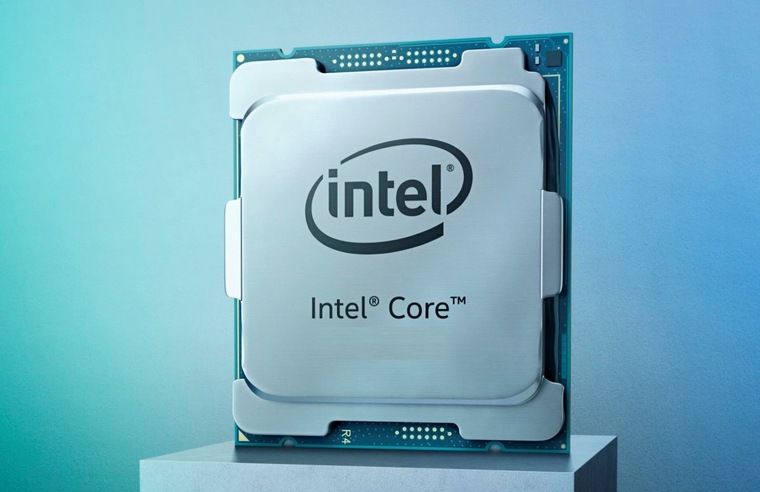
The operating frequency is declared as 300…900 MHz. Three-dimensional performance will not please those who like to spend at least an hour a day on the game; the vast majority of games will not produce enough fps even with the lowest quality settings at 720p. Some kind of success can be seen only in the least graphically complex games, like Farming Simulator 19 .
Power Consumption
The Pentium Gold 6500Y is manufactured at Intel’s second generation 14nm facility, known as 14nm+ and obsolete as of 2022. The combination of arbitrariness per watt on the 6500Y is mediocre for this reason. The nominal power consumption of the processor and its built-in components is 5 W, due to which the 6500Y is well suited for extremely thin tablets, laptops and mini-computers, including SBCs. If necessary, the manufacturer can increase the initial 5 watts to a maximum of 7 watts, or reduce to a minimum of 3.5 watts — these are the recommended limits by Intel. Changes in operating frequencies and performance will be appropriate.
Changes in operating frequencies and performance will be appropriate.
2/4
900 —
- Interface
- Core frequency
- Video memory size
- Memory type
- Memory frequency
- Maximum resolution
Description
Intel started Intel Pentium 8500 sales 4 January 2022. This is Alder Lake-U architecture notebook processor primarily aimed at home systems. It has 5 cores and 6 threads and is manufactured according to the Intel 7 process technology, the maximum frequency is 4400 MHz, the multiplier is locked.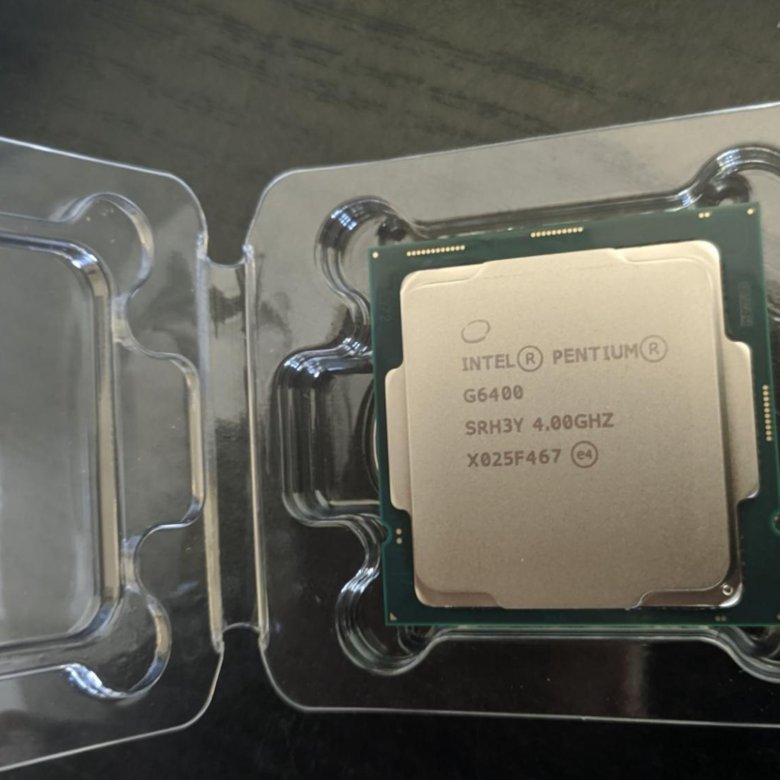
In terms of compatibility, this is an Intel BGA 1781 socket processor with a TDP of 9W. It supports LPDDR5-5200, LPDDR4x-4267 memory.
We don’t have test results for the Pentium 8500.
General Information
Information about the type (for desktops or laptops) and architecture of the Pentium 8500, as well as when sales started and cost at that time.
| Place in the performance rating | does not participate
Pentium 8500 quantitative parameters such as number of cores and threads, clock speeds, manufacturing process, cache size and multiplier lock state. They indirectly speak about the performance of the processor, but for an accurate assessment, you need to consider the results of the tests.
Compatible
Information on Pentium 8500 compatibility with other computer components. Please note that the power consumption of some processors can significantly exceed their nominal TDP even without overclocking. Some may even double their claims if the motherboard allows you to adjust the power settings of the processor. |
||||||||||||||||||
| Hyper-Threading Technology | + | ||||||||||||||||||
| TSX | + | ||||||||||||||||||
| Thermal Monitoring | + | ||||||||||||||||||
| Flex Memory Access | — |
Safety Technology
Technologies embedded in the Pentium 8500 that improve system security, such as those designed to protect against hacking.
Integrated video interfaces
Interfaces and connections supported by the Pentium 8500 integrated video card.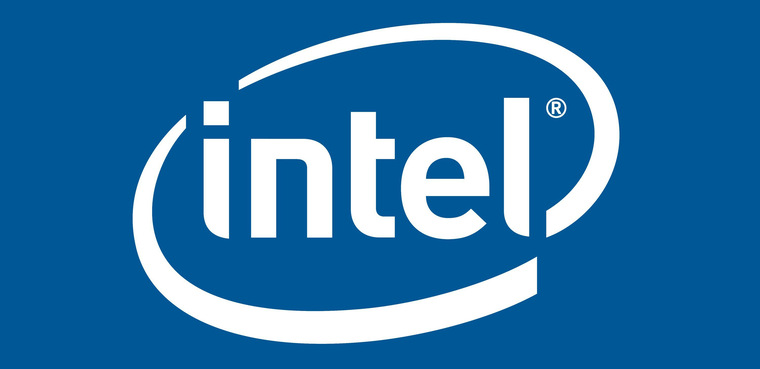

 Useful, for example, when choosing the configuration of a future computer or to upgrade an existing one.
Useful, for example, when choosing the configuration of a future computer or to upgrade an existing one.